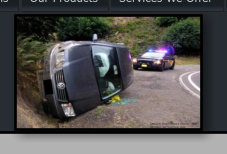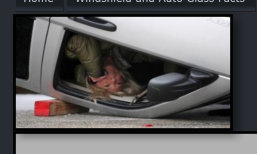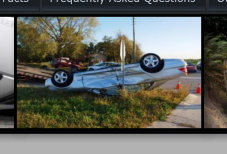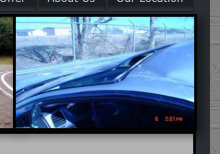FAQ > Federal Motor Vehicle Safety Standards
•
What are FMVSS Standards?
FMVSS
stands
for
Federal
Motor
Vehicle
Safety
Standards.
They
are
standards
set
by
the
National
Highway
Traffic
Safety
Association
relating
to
vehicle
safety.
A
number
of
these
standards
set
“minimum
requirements”
for
windshield
retention
in
vehicle
accidents.
Because
the
windshield
is
the
most
important
safety
restraint
system
in
a
vehicle,
it's
critical
that
the
windshield
not
come
out
in
an
accident.
If
that
were
to
occur,
the
passenger
compartment
would
be
compromised,
occupants
could
be
ejected
and
the
roof
could
collapse.
Any
of
these
scenarios
would
result
in
serious
injury
and
possibly
death.
As
a
result,
FMVSS
must
be
adhered
to
with
every
windshield
installation.
The
only
way
to
meet
these
standards
is
by
strictly
following
the
vehicle
manufacturers
preferred
installation
methods.
These
include,
performing
full
cut
out
procedures,
utilizing
OEM
glass
where
possible,
properly
applying
the
necessary
primers
and
using
only
the
approved
adhesives
that
provide
the
proper
retention
as
well
as
safest
drive
away
times.
FMVSS
were
created
and
are
in
place
to
save
your
life.
Unfortunately,
it's
sad
to
say,
not
all
auto
glass
companies comply to these standards.
FMVSS
208
is
occupant
crash
protection
which
specifies
equipment
requirements
for
active
and
passive
restraints,
including
air
bags.
There
can
be
no
separation
of
load
bearing
safety
assemblies
in
a
30
mph
barrier
crash.
This
pertains
to
the
windshield
because
the
passenger
side
air
bag
deploys
off
the windshield in order to perform its safety function.
FMVSS
212
measures
the
windshield
retention
in
a
barrier
crash.
Every
make
and
model
vehicle
is
accelerated
to
30
mph
and
crashed
head
on
into
a
concrete
barrier.
The
automobile
must
retain
75
percent
of
the
windshield
along
the
pinchweld
perimeter.
Some
vehicle
manufacturers
require
100%
retention in this severe crash test.
FMVSS
216
is
the
roof
crush
performance
test.
It
measures
the
structural
strength
required
to
protect
occupants
in
the
event
the
vehicle
rolls
over.
One
and
one-half
times
the
unloaded
vehicle
weight
or
6,000
lbs.
(whichever
is
less)
of
force
is
applied
at
an
angle
to
the
roof.
The
roof
structure
can
depress
no more than five inches to pass.
FMVSS
219
is
a
windshield
intrusion
test
that
measures
the
windshields
ability
to
keep
a
15
lb.
object
traveling
at
30
mph
from
entering
the
vehicle
cabin.
The
glass
and
adhesive
bond
protects
occupants
from intrusion of external objects. The windshield can displace no more than 1/4" to pass.














Copyright 2013 © Phoenix Glass, Inc. All Rights Reserved
Revised June 2023
Please Like Us
on Facebook














